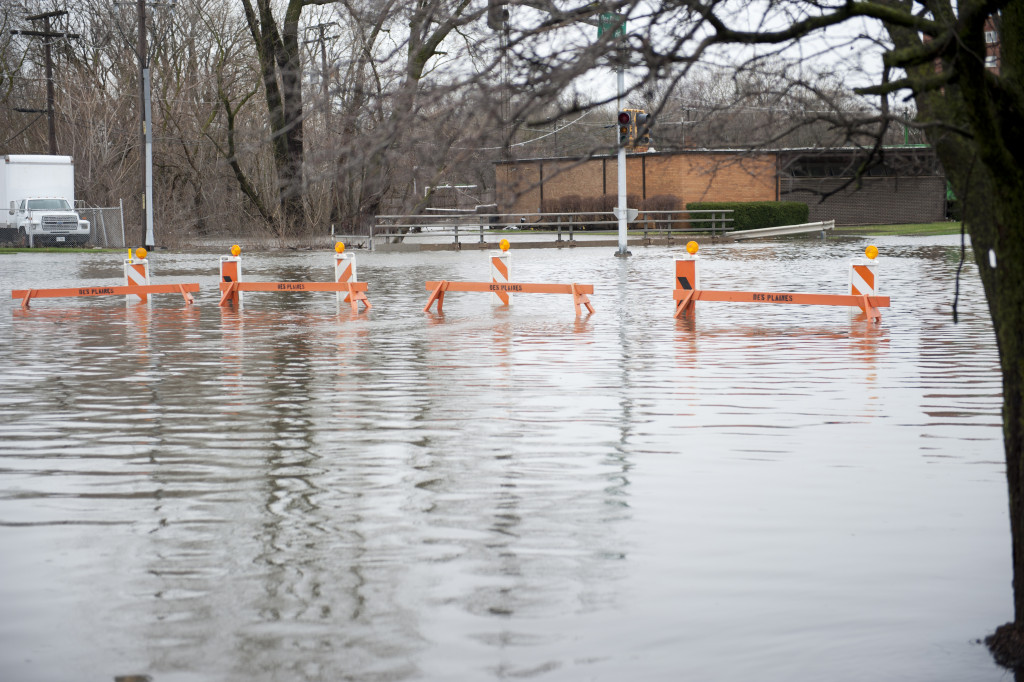Most homebuyers don’t think about the possibility of a natural catastrophe while making their wish list, but shrewd purchasers will. Every day, many receive reports from the front lines of natural disasters, including wildfires, floods, earthquakes, tornadoes, and hurricanes. These dangers gravely jeopardize all human and ecological and the structural soundness of infrastructure.
Climate change is increasing the intensity and frequency of certain natural disasters. Humans, on the other hand, are adding to the issue by raising buildings in high-risk areas. These dangers should serve as a wake-up call to encourage you to get quality property insurance to safeguard your assets. Let’s take a closer look at what could be wreaking havoc on your house now.
Thunderstorms
Florida is known as the “Lightning Capital of the United States,” and with good reason. Floridians experience thunderstorms in almost one-third of their lives, according to floridadisaster.org. This implies that in the Sunshine State, there are at least two thunderstorms per week. Electrical storms alone are responsible for approximately $6 million in damages each year due to lightning.
Many houses across the States, especially in Florida, feature ground-fault circuit interrupters (GFCI) outlets and lightning rods, or most homeowners or developers build homes with lightning resistance in mind. Protective devices like GFCI outlets save workers from electrocuting while working with electrical systems. At the same time, lightning rods divert the energy surge from lightning strikes away from the house and release it into the earth, where it will have no effect. This level of protection will keep you and your home safe throughout the majority of electrical storms.
Despite your best efforts, strong thunderstorms can still inflict electrical system damage to your house. As a result, it’s critical to use surge protectors on all your costly, hard-to-replace devices, including your computer, to avoid damage.
Apart from electrocution, lightning strikes are a danger to your health and safety. Lightning can start a fire if it hits a combustible material, which brings us to the next point on our list.

Wildfires
You’d think that being a peninsula surrounded by water on three of its four sides, Florida would be relatively safe from wildfires. A spontaneous, spontaneously occurring fire doesn’t seem like a big deal when there’s so much moisture in the air.
Thanks to saw palmetto, did you know that Florida has the second-highest number of wildfires in the States?
Although most of Florida is still untamed wilderness, the distance between fire-prone wildland and human habitats is becoming dangerously short as more people migrate to the state and construct new development towns.
The purpose of setting fire to low-growing vegetation like underbrush and specifically saw palmettos is to remove it and decrease the likelihood of an uncontrolled blaze occurring. Despite the most extraordinary efforts of forestry authorities, fires still break out without warning. Lightning strikes striking dry leaves or dead grass often start fires that spread uncontrollably. When a fire breaks out amid a dry forest, there are no people to alert the fire service and no precautions in place to keep the flames from spreading beyond the forest’s borders.
During the dry seasons, it’s critical to be mindful of underdeveloped areas that contain combustible shrubs. If a fire breaks out near your house, get out of there right away. There is no telling how quickly a fire will spread. The flame three minutes away can already be lapping at your fence. Locate and follow the evacuation route in your area, and listen to the emergency frequency on your radio for instructions and updates.
Tornadoes
When a hurricane strikes, it can produce a tornado, a narrow, towering funnel of wind that can be seen by the naked eye but confined to a small area. Because tornadoes can destroy any meteorological equipment put in their path, tornado strength is measured after the fact by looking at the damage the tornado has produced. Tornadoes of low strength can have winds as slow as 65 mph, while the most powerful ones can reach 166–200 mph with their winds (category 4 and 5 tornadoes).
If your location is under or close to a tornado warning, you should be ready to leave immediately. If a tornado forms near your house, the only haven you have is a certified safety shelter.
Mother Nature can be fatal even in places that seem to be a haven from the outside world. You won’t be wrong if you prepare. Look out for the weather conditions around your area and possible calamities you can face during the year, and then secure your home. Make sure you, your family, and your property are safe.

